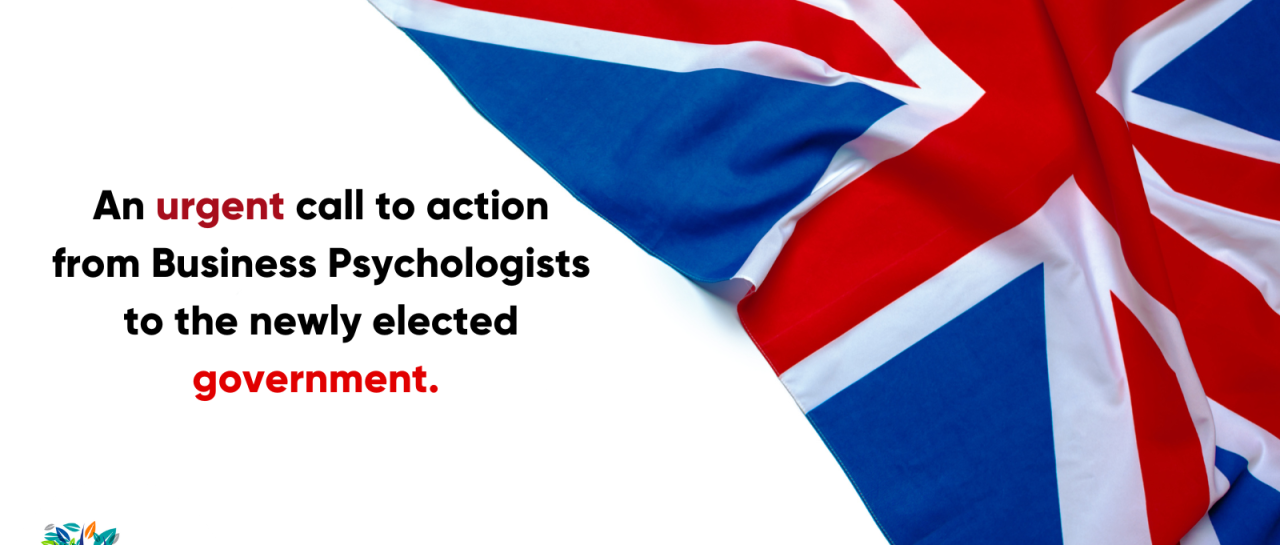Authored by Certified Business Psychologist Laura Howard. Certified Business Psychologist, Laura Howard, reflects on the webinar she recently delivered to ABP members. Below she outlines the main findings of her published research uncovering systematic barriers women face when being authentic as leaders. Importantly, she gives…
Clive Lewis, OBE DL
Globis Mediation Group
19th November 2021
Toxic atmospheres in the workplace when allowed to fester can not only threaten productivity but also the viability of the business, observed Clive Lewis on the occasion of the November meeting of the ABP held online. His new book “Toxic” describes how the workplace has become a hotbed of social toxicity – from the #MeToo movement to WeWork, it’s clear that abusive bosses and entrenched cultures of discrimination have become more prevalent than ever. Such behaviour is not only simply wrong and damaging to its victims – it also results in reduced productivity, higher employee turnover, and can often leave a stain upon the wider reputation of an organisation.
Clive Lewis draws upon his decades of experience in HR and mediation to distil the problems and underlying causes of toxic workplaces before tackling the issue head-on. He draws upon first-hand case studies from an eclectic array of workplaces (from corporate offices to hospitals) to demonstrate how toxicity can be both prevented and resolved. In his presentation he indicated how he advised business leaders and HR professionals looking to preserve a peaceful workplace, while also providing tips for employees looking to remain productive and focused when working with troublesome colleagues in difficult environments.
He gave illustrations in the form of three brief case studies, all of which sound all too familiar and you wonder how relationships and the induced atmospheres could deteriorate to this extend. The first involved a lady who developed medical problems and just broke down in front of her GP when trying to describe bullying by her manager. The second involved unfair performance appraisals tied to generous bonuses, where in the case of one staff member, an unanticipated poor appraisal by a new line manager resulted in a stand-off and threatening behaviour, later denied, which in the process completely destroyed any remaining trust. The staff member refused to work with the manager and moved on, and shortly afterwards the position of the line manager became untenable, and he took early retirement. The third is even more difficult to comprehend; this involved two neonatal consultants in a paediatric ward: one was allowed to struggle and refused to help because she was not in the “same camp”, with potentially dire consequences for patients.
All three situations fell into the “Toxic Triad”, with three key elements, Employee Responsibility, Organisation Systems (such as review and complaints procedures) and Line Management Capability in preventing escalation of problems which need to function independently and also collectively. If all three fail at the “intersection” of the model, then the atmosphere will become toxic, if it has not already done so. Up to about 70% of managers have difficulty facing up to the need to address line management issues, even if, eventually 80% of cases are ultimately settled, but these figures demonstrate the additional time and disruption which organisations have to suffer in the meantime.
The second of these illustrations is very common: appraisal systems can be painful, non-inclusive, bureaucratic, and ineffective. Worse still, they can result in rewards for the behaviour of toxic characters, who do not rise to their responsibilities and who can leave carnage in their wake when they are promoted but who are feted for their “charisma” and erratic behaviour and who take credit for the work of others. Catalysts for this behaviour include failure to deliver, lodging of formal complaints, arrogance, abrasive behaviour and an immediate resort to claiming “rights”, and appraisal systems which disproportionately reward extrinsic and intrinsic behaviours. Employees affected by these situations often take it upon themselves to seek revenge, magnifying any inherent problems.
Containing the build-up of a toxic environment depends on the maintenance of trust. This in turn is determined by on the one hand, managerial Competence and on the other, Character. Establishing a working level of trust is so important in rebuilding a positive working environment.
Some considerations:
- The culture. A simple working definition is that it “determines the way” things are “done around here”. Although everyone has a contribution to make, culture is determined by the senior team and can undershoot objectives. Drucker indicates that “Culture” can devour “Strategy” such that culture can prevent development of a sensible strategy.
- Importance of civility when dealing with others. Those trying to bolster their own positions can demonstrate low intensity, deviant behaviour, to harm others such as eye rolling, utteration of non-verbal sounds and social exclusion. The US has conducted a lot of research which has concluded that civility can have dramatic improvements in organisational performance and it is estimated that practice in the US is 10 years ahead and the UK is slow to catch up.
What steps can organisations take to address toxic behaviour?
- Review culture and the barriers it can create.
- Recruitment and talent management. This can be used to build a values-driven organisation which can build a more collaborative culture
- Managers should learn to pick up on language. In a high-pressure environment such as NHS, it can be too easy to be so diverted as to not recognise signs and symptoms of stress and performance affecting behaviours and adopt the toxic behaviours of others. Clive used a medical term “Nosocomial” to explain the “Infectious” spreading of behaviours and language.
- Good leadership. People copy leader behaviour, and blind spots need to be identified and addressed
- A fair and equitable reward structure
- Training, especially in self-awareness, learning tolerance and how to work with others with different personality profiles. This means learning to initiate and hold difficult conversations.
- Inclusion. Try to resolve matters in house and avoid bringing in outside contractors, such as HR specialists who will inevitably have a narrowly defined role.
What is the business case for involvement?
- State Depletion. This is where your focus can shift from the job you are trying to undertake to the circumstances of the job and concerns about the people you are working with. The consequence can be rumination and losing sleep, declining productivity and increasing stress and exhaustion
- It is estimated by the American Management Association that on average 24% of a Line Manager’s time is spent on dealing with issues of conflict. Resources should be devoted to reducing time wasted
- The need to build trust across the organisation
- Avoiding chronic embitterment arising from a negative reaction to an event where those involved are powerless. Common themes can be traced back to gender and race. Chronic embitterment is not yet recognised as a condition but soon could be.
- Not enough time is spent on ensuring appropriate allocation of resources. An obvious error is where some organisations see HR as an operational rather than a strategic resource.
- Operant conditioning, where the strength of a behaviour is modified by reinforcement or punishment. Misaligned behaviours can be disproportionately rewarded. A message needs to be sent to others that such behaviours are not acceptable and should be restrained.
- We need to learn how to rise above the negative behaviour of a colleague.
Many behaviours have changed since the advent of lockdown. As we return to the workplace, we are affected by temporal distancing and can forget the challenges of the workplace and what needs to be done to create a harmonious workplace environment.
Many problems in the workplace could be avoided by embracing the concept of forgiveness and applying it to the three misused elements which manifest themselves as individualism, power, rights and interests.



